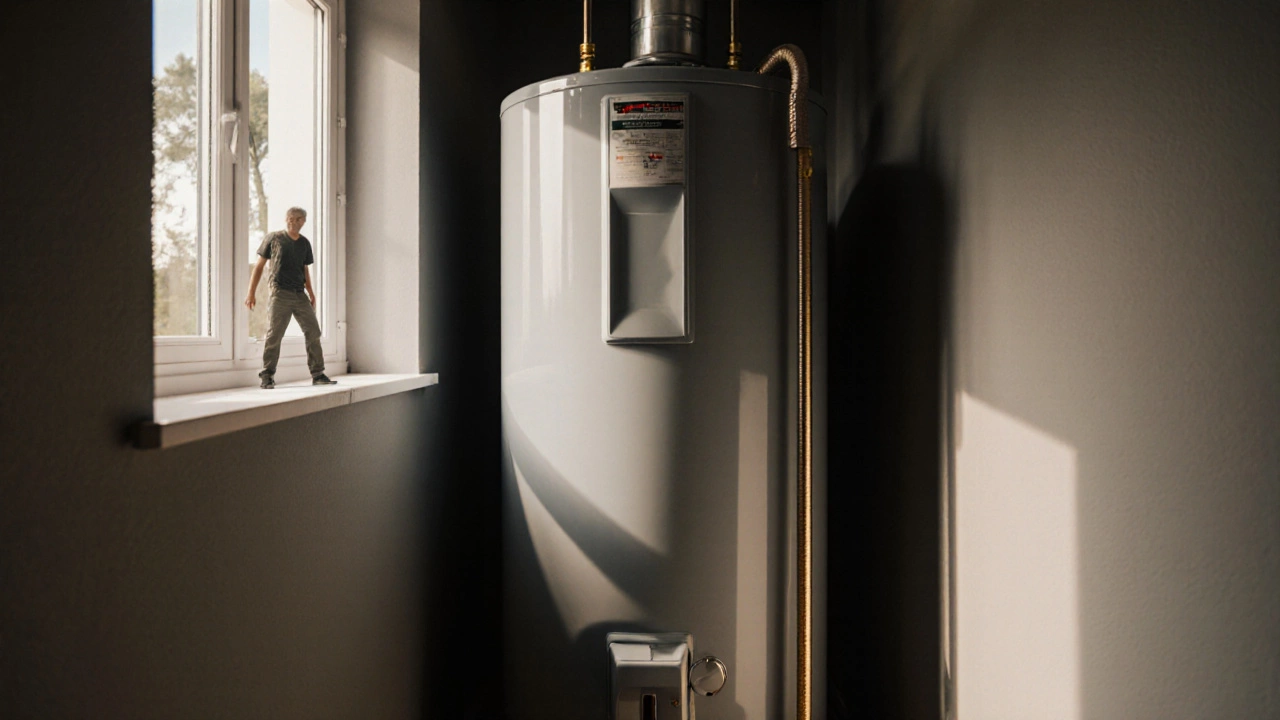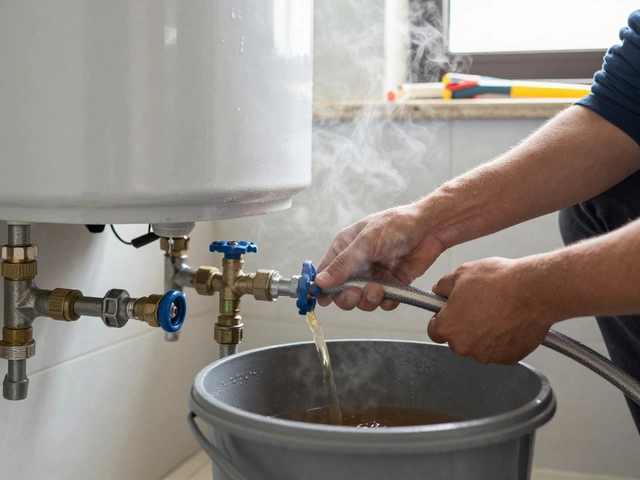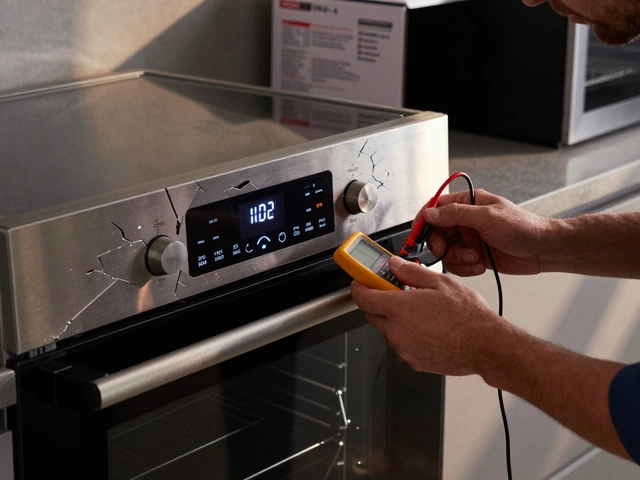Heater Maintenance: Keep Your Home Warm & Efficient
When working with heater maintenance, the routine care and inspection of heating equipment to ensure safety, efficiency, and longevity. Also known as heating system upkeep, it helps prevent breakdowns and cuts energy bills.
A key part of heater maintenance is checking your water heater, the appliance that supplies hot water for showers and chores. Regularly testing temperature, inspecting the pressure valve, and flushing the tank keep it from leaking or losing heat. Another critical component is the boiler, the system that heats water for radiators and central heating. An annual service, bleed of radiators, and checking for rust spots are essential to avoid cold rooms and costly repairs. For homes with a heat pump, an electric system that moves heat from outside to inside, cleaning the outdoor coil and verifying refrigerant levels keep the unit running efficiently throughout the year.
These three pieces illustrate how heater maintenance connects different appliances. The first semantic link: heater maintenance includes water heater checks to prevent sediment build‑up. Second, boiler maintenance requires annual servicing to maintain pressure and heat output. Third, heat pump performance depends on regular maintenance of coils and filters. Understanding these links helps you plan a practical checklist rather than guessing what to do each season.
Why Regular Heater Maintenance Matters
Skipping a simple inspection can turn a small hiccup into a full‑blown outage. A water heater that hasn’t been flushed may develop a noisy rumble and waste energy, adding a few pounds to your bill. A boiler with a stuck thermostat can leave you shivering on a chilly night, and the repair cost skyrockets if corrosion spreads. Heat pumps left with clogged filters lose their Coefficient of Performance (COP), meaning they use more electricity for the same heat output. By tackling these tasks early, you protect your wallet and keep your home comfy.
Most homeowners wonder how often to schedule these tasks. A good rule of thumb is: water heater – once a year; boiler – once a year before the heating season; heat pump – twice a year, once before summer and once before winter. Pair these dates with a visual reminder on your calendar, and you’ll never miss a beat. If you’re not comfortable tightening a valve or cleaning a coil, a quick call to a local technician saves time and guarantees safety.
Beyond the core appliances, think about related parts that affect heating performance. The expansion tank on a boiler, the anode rod in a water heater, and the fan motor on a heat pump all benefit from a visual inspection. Replace worn seals, tighten loose bolts, and listen for odd noises. Small tweaks often extend the life of the whole system by years.
When you combine these practical steps, you get a holistic view of heater maintenance that covers all major heating sources in a typical household. This approach reduces emergency calls, improves energy efficiency, and gives you confidence that your home will stay warm when you need it most.
Below you’ll find a curated set of articles that dive deeper into each of these areas – from DIY troubleshooting guides to advice on when it’s smarter to replace rather than repair. Whether you’re a first‑time homeowner or a seasoned DIYer, the collection offers actionable insights you can start using today.
17 October 2025
·
0 Comments
Learn how to safely flush your water heater yourself, step by step. Save energy, extend tank life, and avoid costly repairs with this practical DIY guide.
Read more






